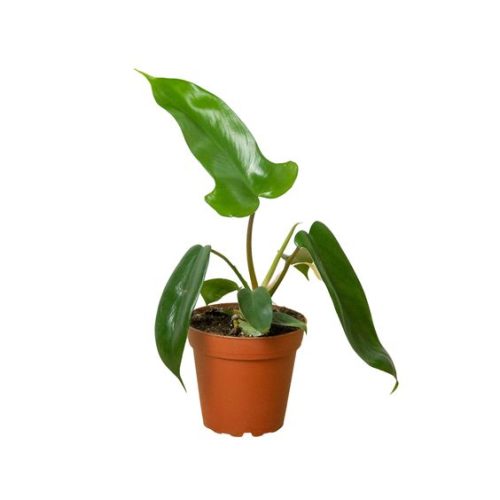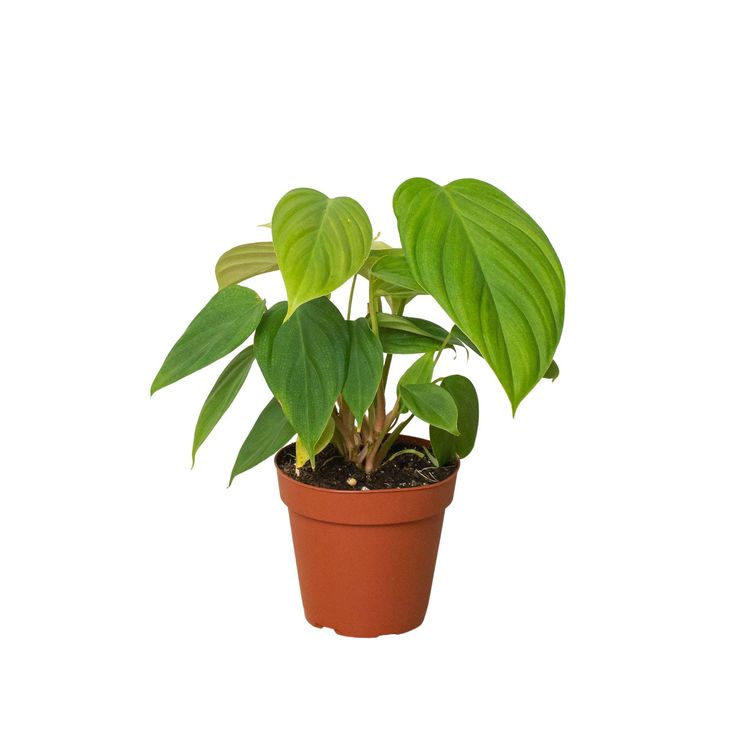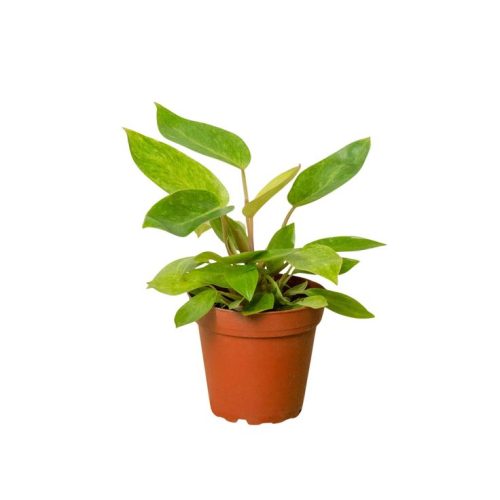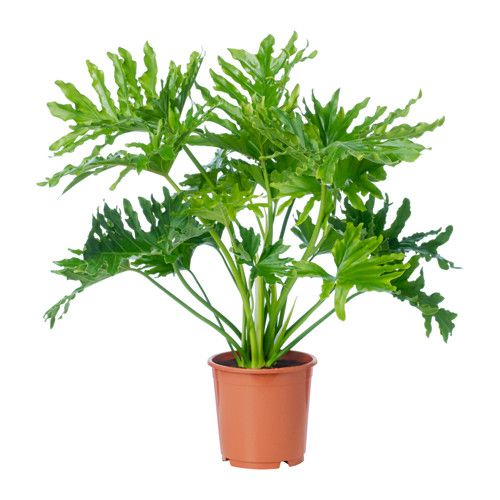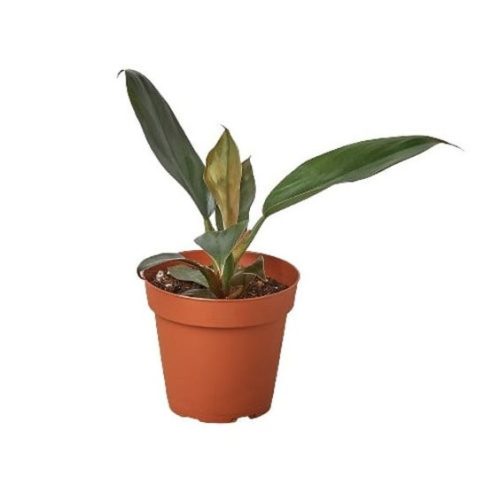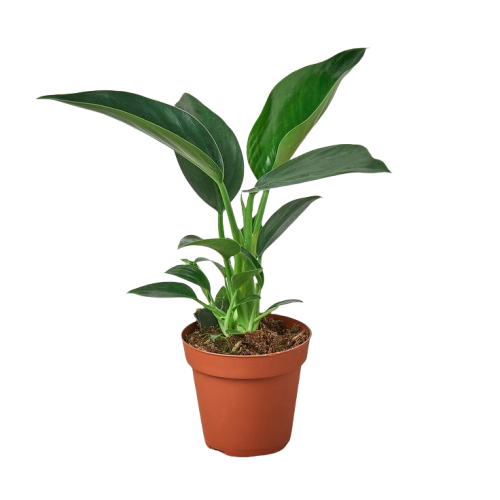Philodedexron Prince oroma
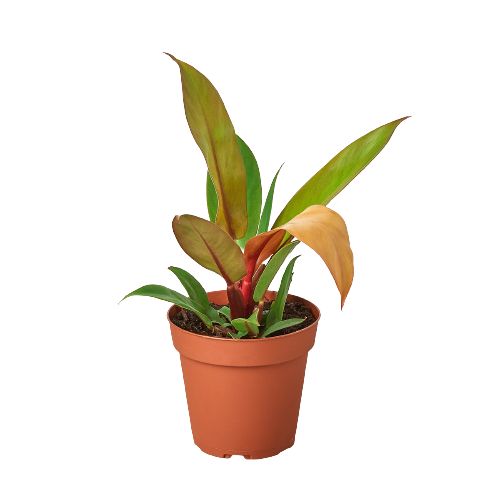
- Bontanical Name: Philodendron erubescens 'Prince of Orange'
- Family Name: Araceae
- Ị ga: 24-35 inches
- Okpomoku: 15°C-29°C
- Other: indirect light and a warm, humid environment.
Nlebazi anya
Nkọwa nke ngwaahịa
Njem mara mma nke philodenanron nke oroma
Epupụta nke Philodedexron Prince oroma are like paints on an artist’s palette, starting out as a vibrant orange and gradually transitioning to bronze, then orange-red, until they finally settle into a deep green. This process not only showcases the fascinating changes in plant growth but also gives each Philodendron Princess of Orange a unique appearance. At any given time, you can see the gradient of colors on the same plant, from the warm orange to the calm green, adding a dynamic beauty and vitality to indoor decoration. Imagine the early morning sunlight filtering through the leaves, sprinkling into every corner of the room, with those colorful leaves seemingly telling you the story of their growth.
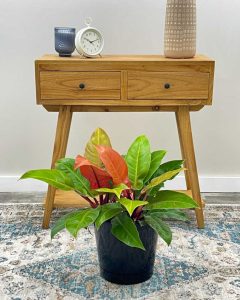
Philodedexron Prince oroma
Ndụ dị mma nke Phidedendron Prince oroma
Philodedexron onye isi oroma nke na-enwu gbaa, na-egbochi ìhè, na-ezere ìhè anyanwụ na-elekọta agba ya pụrụ iche. Ọnọdụ okpomọkụ ya dị n'etiti 65 Celsius F na 85 Celsius F (ihe dị ka afọ 18 Celsius C), n'ime ya na-ahapụ ya na onera oroma too na-acha akwụkwọ ndụ. Ọ na-ahọrọ iru mmiri dị elu, nke enwere ike iji ihu igwe ma ọ bụ ihu mmiri mgbe niile, na-emetụta gburugburu mmiri ozuzo nke okpomọkụ. Ọnọdụ dị otú ahụ abụghị naanị enyemaka na-echekwa mbinye aka ya ma na-akwalite uto nke ọma.
Iri Amamihe
To keep your Philodendron ‘Prince of Orange’ thriving, adhere to the age-old principle of “when it’s dry, give it a drink.” This means maintaining the soil in a state of slight moisture without letting it become waterlogged. Overwatering can lead to root rot, while underwatering can cause the leaves to wilt. The goal is to strike a balance, ensuring that the plant’s needs are met without drowning its roots. Check the top inch of the soil regularly; if it feels dry to the touch, it’s time to give your plant a good soak until water drains out of the pot’s bottom. This approach not only keeps your plant happy but also encourages healthy root development.
Fertiliziling maka uto
Feeding your Philodendron Prince of Orange during its active growing season is essential for promoting lush foliage and vibrant colors. During the spring and summer months, offer your plant a light meal by applying a diluted liquid fertilizer once a month. This nourishment provides the necessary nutrients for growth and enhances the plant’s overall health. As the plant slows down its growth during the autumn and winter, it requires less fertilization. Cutting back on feeding during these dormant periods prevents excessive nutrient buildup in the soil, which can be detrimental to your plant’s health. Remember, a well-fed ‘Prince of Orange’ is a splendid sight to behold, so tend to its dietary needs with care.
Paradaịtọ nke Orito nke Orange Prince
Philodededronron Prince oroma bụ osisi ime ụlọ, na-ekele maka agwa na-enweghị isi na kọmpat. Osisi tozuru oke na-erute ogo 24 ruo 35 ruo 35 ruo 90 sentimita abụọ), na-ejikwa nwayọọ nwayọọ na-ekpughe ụdị agba na-acha akwụkwọ ndụ na-acha akwụkwọ ndụ.
Osisi a na-eme nke ọma, na-ezighi ezi, na-ezere ìhè anyanwụ iji lekọta anya na igbochi scarch akwukwo. Ọnọdụ okpomọkụ ya dị mma dị n'agbata 65 Celsius F na 85 Celsius F (ihe dị ka 18 Celsius C.), mpaghara na-eme ka nrụgide dị mma ma na-ezere nrụgide okpomọkụ.
Philodendron ‘Prince of Orange’ also enjoys higher humidity levels, which can be achieved through the use of a humidifier or regular misting, mimicking its native tropical rainforest environment. Such conditions help maintain the vibrancy and health of its leaves.
Onye isi oroma
Philodendron ‘Prince of Orange’ is not only perfect for placing on desks, shelves, or small corners that need a splash of color, but it is also an excellent choice for indoor decoration, effortlessly adding a touch of tropical flair. Its shade-tolerant nature makes it an ideal candidate for indoor environments with less light, whether it’s a dimly lit study corner or an office lacking in natural sunlight, it can become a focal point that captures attention. With its richly colored leaves, ranging from vibrant orange to mature deep green, it brings vitality and energy to any space, as if it were a mini tropical rainforest in your home.





